Currently, the local dairy sufficiency of the country stands only at 3% or 11-million liters of milk annually, of which 40% comes from Mindanao milk producers, the state dairy agency said.
“The country remains heavily dependent on milk imports. At least 97% comes from foreign dairy sources like New Zealand and Australia,” Jesus B. So, NDA’s officer in charge for Mindanao, told PeaceWorks.
In 2007, NDA said the dairy recorded an output increase of 3.44%. Total milk output reached to 13,230 metric tons (MT) compared to 2006’s 12,790 MT.
Data from the Bureau of Agricultural Statistics showed that the output expansion was due to an increase in the number of dairy cattle in the milk line throughout the year. Of the total milk output, the NDA-assisted dairy projects’ accounted for 70% or equivalent to 9, 270 MT.
The gross value of dairy production amounted to P387.11 million, representing a 5.07% increase in 2007, the data said.
He said to meet the target 50,000 liters of milk production per day; Mindanao should at least have 10,000 head of cows. At present milk makers in the southern Philippines produce 10,000 liter per day out of more than 3,000 cows.
Debbie U. de San Miguel, NDA’s Mindanao information officer, said they are expecting 450 cow heads from New Zealand to be delivered in Mindanao this month. Last year NDA delivered 488 cows to the country.
She said only 100 cow heads will retain in Mindanao, the rest will be distributed to Luzon and in Dumaguete City in Visayas.
“The arrival of the imported cows is the eighth batch since NDA started its annual importation of breeders in 2000,” she said.
The 100 cows will eventually distributed later as livestock loan assistance to the 10 major dairy production centers in Mindanao.
So said to improve the milk industry in Mindanao they are encouraging more farmers to go into milk production.
Private-firm Del Monte is the biggest producer of milk in Mindanao with 1,500 liters of milk per day. Others are located in the provinces of Bukidnon, Lanao, Davao, and Zamboanga Del Norte.
San Miguel said the NDA has partnered with the state-run financial institution Quedancor in opening a credit dairy window for farmers.
According to its Web site, there are at least 33 dairy cooperatives in Mindanao being assisted by the NDA.
For farmers or private individuals who would want to venture on milk production, So said the average startup capital would range from P120,000 to P200,000. This will comprise three half-breed cows and other operating expenditures. Currently, a pure-bred dairy cow costs around P90,000.
During the one-day refresher course on animal and dairy production in this city, So said a good number of private individuals and cooperatives in Mindanao have already submitted their proposal to their agency to help avail of its current financial assistance and technical expertise.
Local businessmen Nonito Bernardo, who owns a mango orchard here, said he had already sent a letter to the regional office of the Department of Agriculture here to put up a dairy production center in his farm, aside from his existing stocks of cattle, horse, carabao for breeding and fattening located in Barangay Ayala.
He said he is looking into organizing a farmer’s cooperative to help him run the business. “It will also serve as an alternative livelihood for interested farmers, ” he said.
“I’m willing to establish a dairy processing plant in my farm in Ayala not only to earn but to help the local government in its efforts to solve malnourishment problems among children in the city,” he said.
The NDA earlier reported that Filipinos have limited intake of milk in early life. Because of the low intake, it said schoolchildren, teenagers and especially adult rapidly lose their ability to digest lactose, a sugar found in milk, and so develop lactose intolerance.
Milk is a good source of protein, which helps build healthy skin and muscles. Vitamin A in milk helps the body fights infection and plays a key role in maintaining a good vision, while the casein, a protein found in milk and other products, prevents tooth decay.
So said the introduction of artificial insemination to NDA-assisted farmers has also help the increase in number of cows in the last recent years.
“We are looking to raise our very own island-born dairy animals,” he said, adding they are also strengthening the goat’s milk production.
For it to reach their milk production target, the NDA is expected to import more cows in the following years, since the artificial insemination to cows will take at least three to four years before it can produce milk, he added.
Although, officials of the state dairy agency are optimsitict they are going to meet the target milk production in Mindanao, still the milk industry in the country in general lack proper technology and research development.
So said Mindanao should at least augment its current two ultra-high temperature machines, which sterilize and extend the life-span of the milk to at least six months.
Also, the local milk industry cannot produce powdered type milk. “The technology is too expensive, and it needs a high volume of milk production,” he said.
On the other hand, he said Nestlé, which produce several milk products, has already signified its interest to buy local milk.
“Private milk manufacturers usually import their raw materials. But if we are able to produce a significant production of milk locally, it will be a very lucrative business for local farmers,” he said.

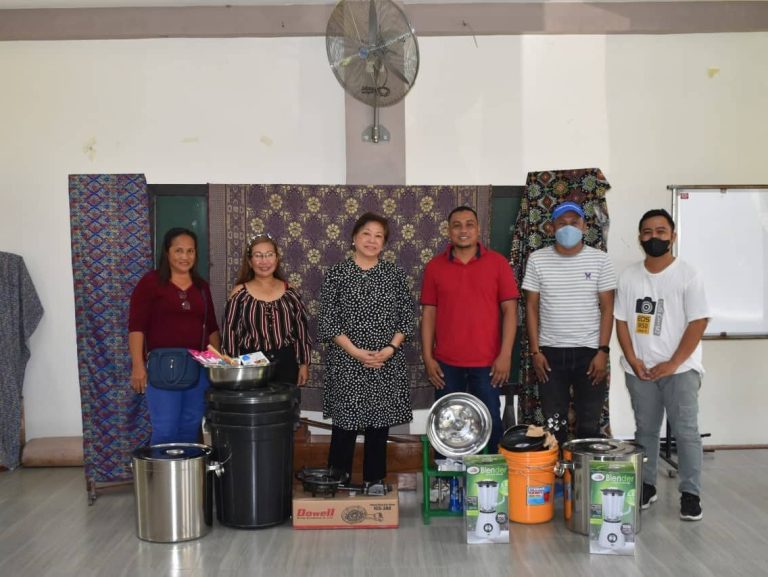
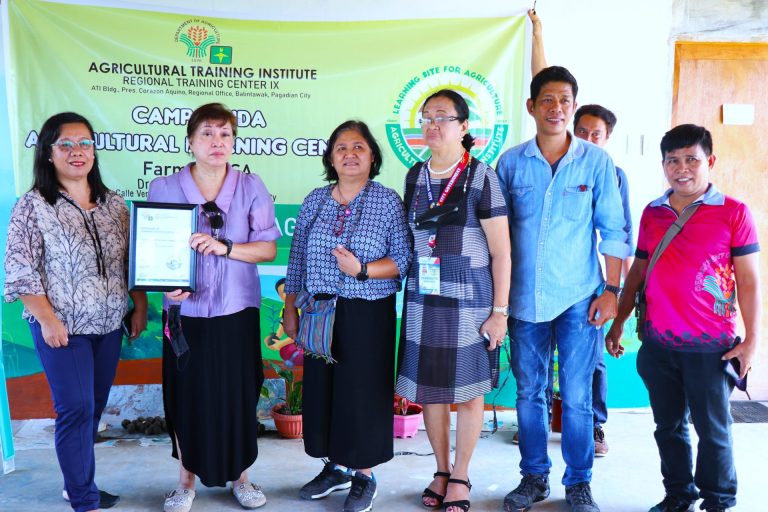

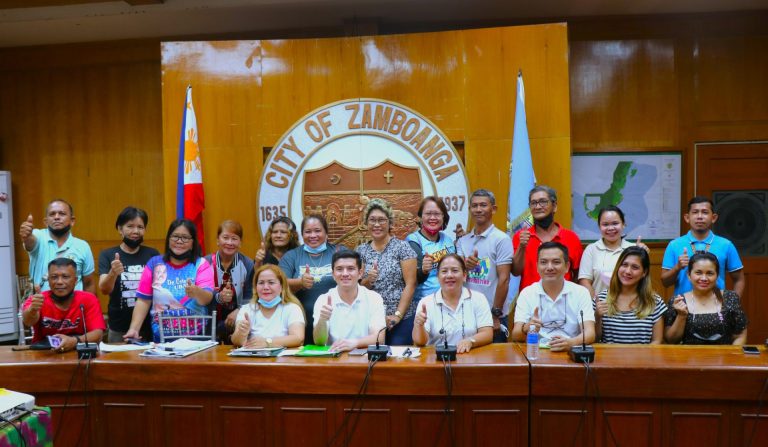
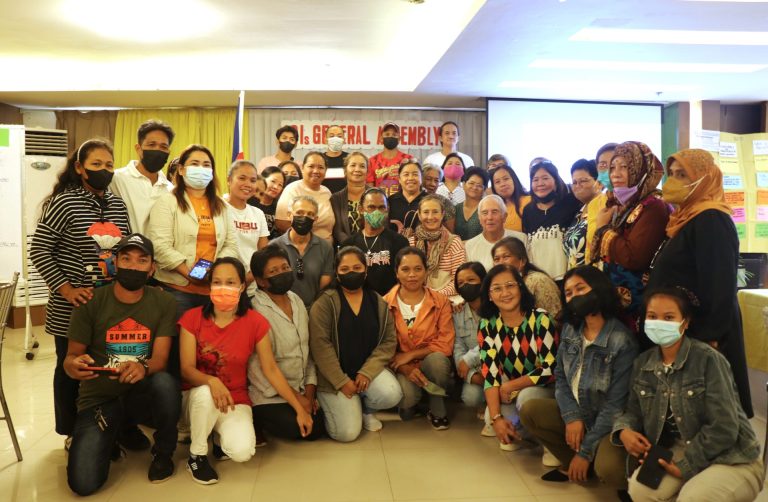
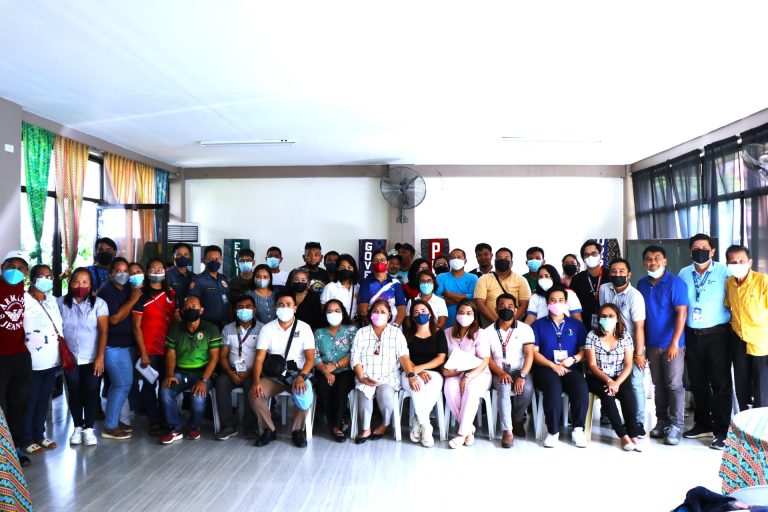
Recent Comments